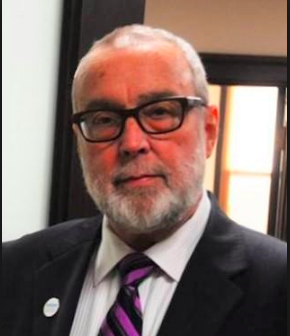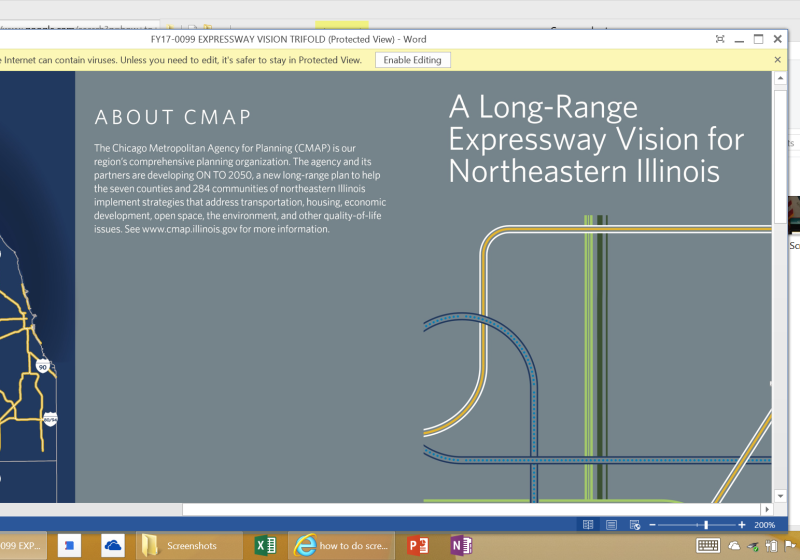Many are praising Tom Weisner, the former mayor of Aurora who passed away recently at the age of 69 and who was remembered at a memorial service Monday for his leadership of Illinois’ second-largest city. But the obituaries written about him failed to adequately relate three instances in which his steadfast and principled conduct had an impact on the region and even the nation.
Having covered transportation for the Chicago Tribune, I witnessed Weisner’s years as a director on the Illinois State Toll Highway Board. I also reported extensively about Weisner’s efforts, along with those of Barrington Village President Karen Darch, as both co-chaired a coalition of suburbs who fought against the Canadian National Railway’s purchase of the Elgin, Joliet & Eastern Railroad. This coalition subsequently focused attention on the potential danger posed by the shipment of crude oil by trains
These efforts began in 2007 when CN announced it would pay $300 million to acquire the EJ&E, at that time a lightly used regional line that skirted the metropolitan area. It was a bold move for CN, which was then run by the late E. Hunter Harrison, whose reputation as a hard-nosed, bottom-line-focused CEO would continue to grow in later stints at Canadian Pacific and CSX railroads.
The deal, which CN said would “fill the last gap” in its trans-Chicago network, was designed to allow its freight trains to bypass Chicago’s highly congested rail network. It took a CN train longer to get…

